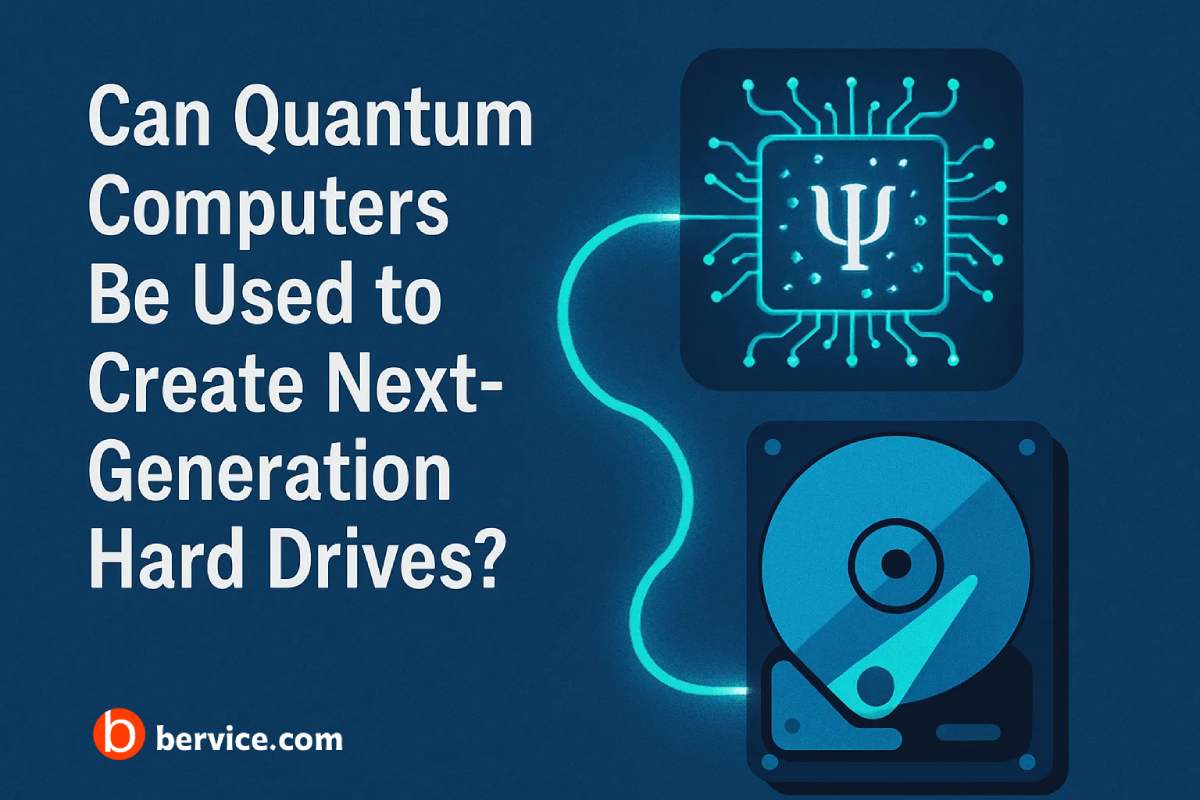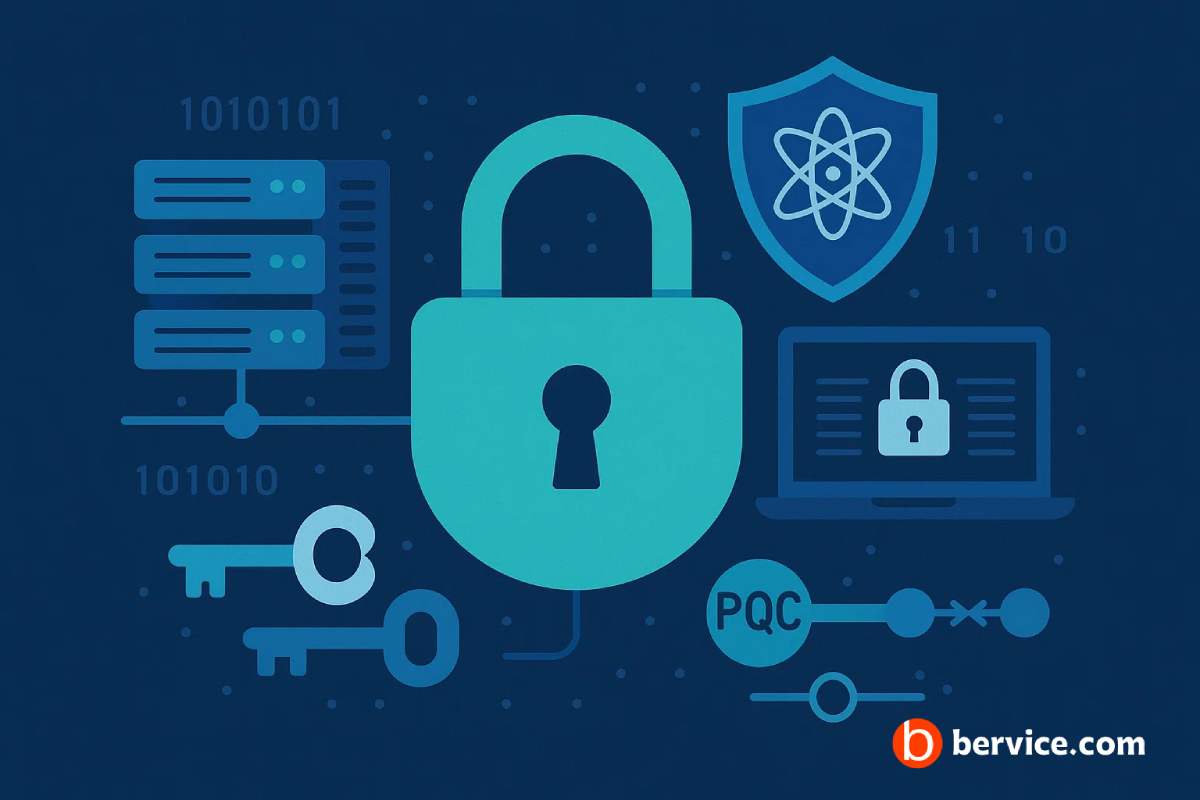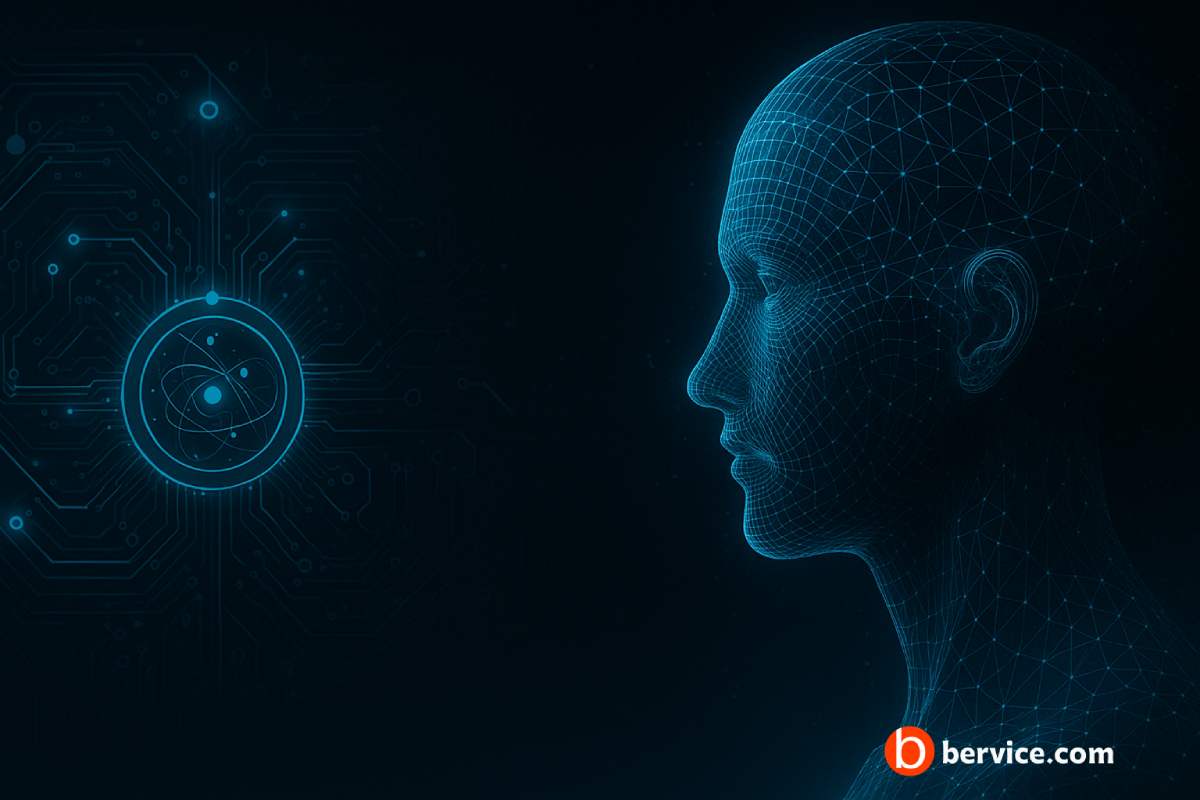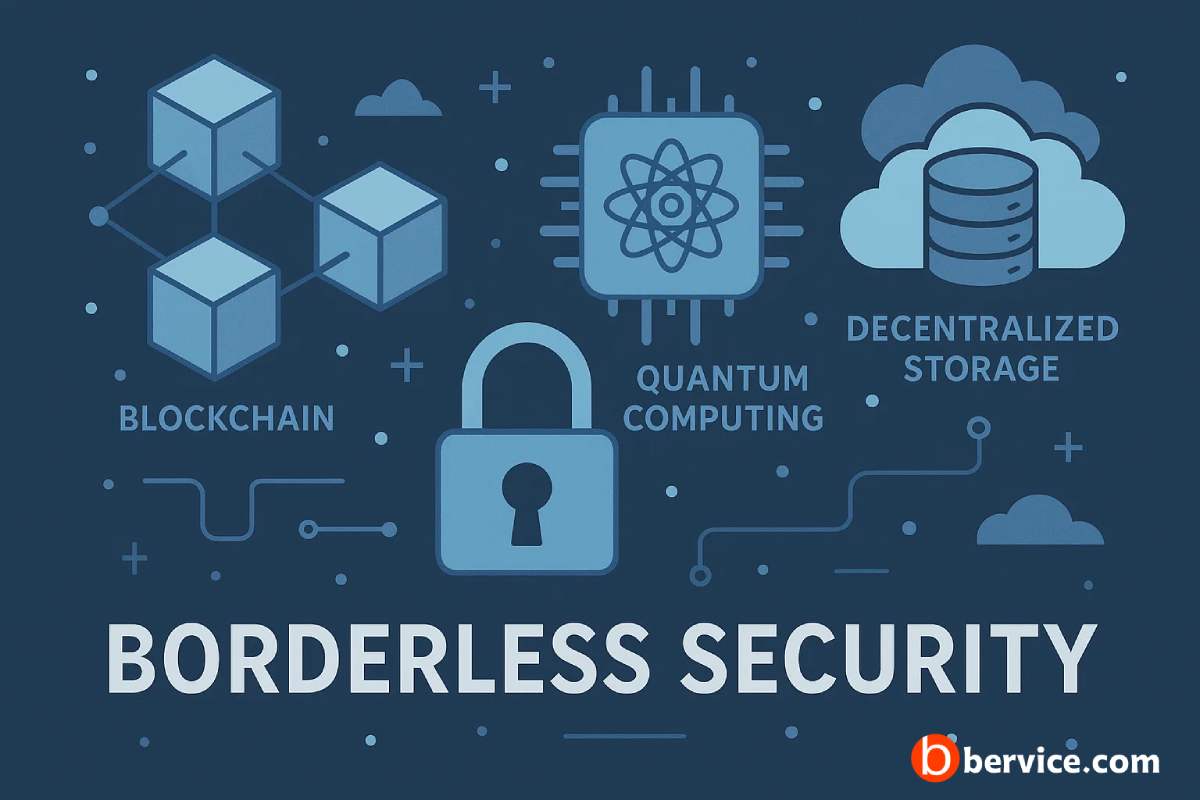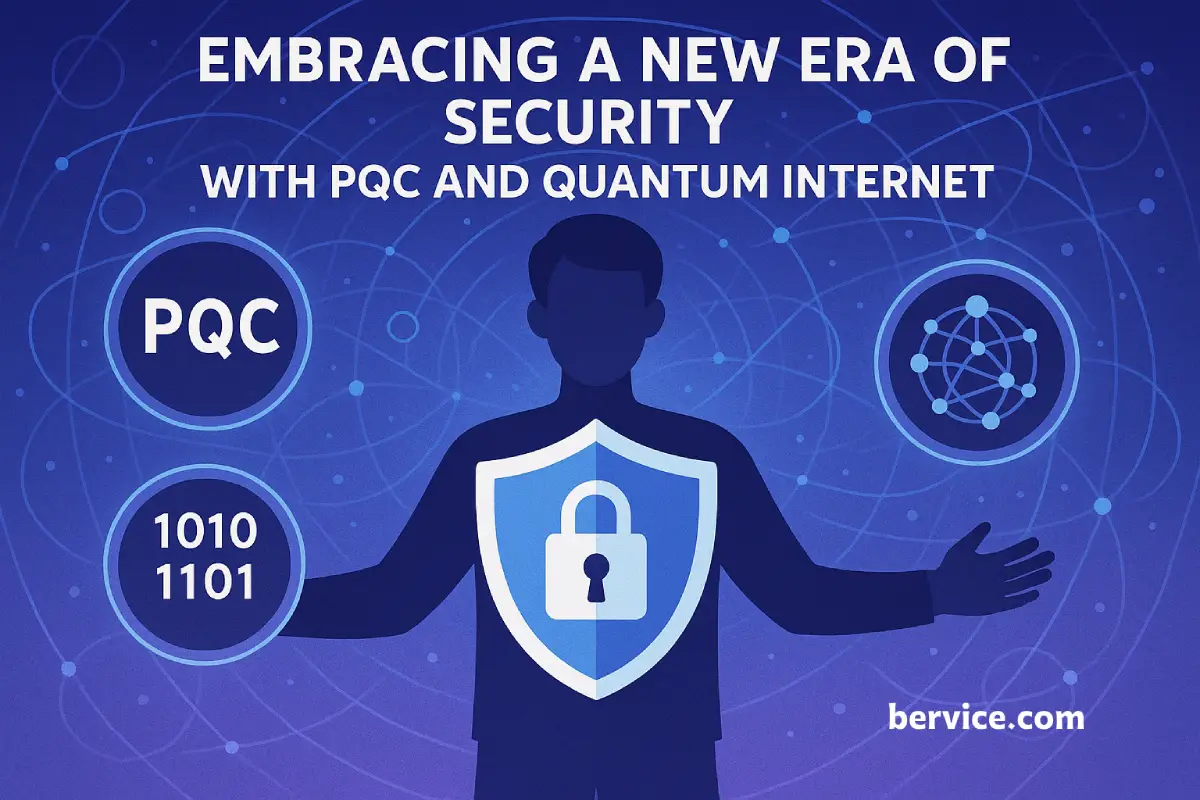
As the world steps into the quantum age, the traditional foundations of cybersecurity are being challenged. The emergence of powerful quantum computers and quantum communication systems presents both unprecedented risks and revolutionary opportunities. Two core technologies are at the heart of this transformation: Post-Quantum Cryptography (PQC) and the Quantum Internet. Together, they form the backbone of next-generation digital security—one that is resilient, adaptive, and fundamentally different from what we’ve known.
Why Classical Security Is No Longer Enough
Today’s cybersecurity largely relies on public-key cryptographic systems such as RSA and ECC (Elliptic Curve Cryptography), which are based on mathematical problems considered hard for classical computers to solve. However, quantum computers, through algorithms like Shor’s, can efficiently break these cryptographic methods. Once scalable quantum computers become a reality, these existing systems could collapse—exposing communications, identities, and infrastructures across the globe.
The urgency of this risk has already prompted governments, enterprises, and academic institutions to accelerate the adoption of PQC algorithms, which are designed to resist attacks from quantum adversaries. Unlike conventional systems, PQC doesn’t rely on factorization or discrete logarithms, making it a more secure alternative for the quantum future.
The Role of Post-Quantum Cryptography (PQC)
Post-Quantum Cryptography is a suite of cryptographic algorithms that can run on classical computers but are secure against both classical and quantum attacks. The National Institute of Standards and Technology (NIST) has been leading global efforts to standardize PQC algorithms since 2016, with selected finalists announced and standardization well underway.
PQC enables organizations to:
- Future-proof their encryption systems
- Secure blockchain and digital signatures
- Protect sensitive infrastructure (e.g., healthcare, finance, defense)
- Enable secure multi-party computation and secure messaging
Importantly, PQC can be integrated into existing internet protocols like TLS and VPNs, making migration to quantum-safe systems a feasible step for most enterprises today.
Quantum Internet: Beyond Secure Transmission
While PQC protects against quantum decryption, the Quantum Internet redefines security by making eavesdropping physically impossible. Based on principles like quantum entanglement and quantum key distribution (QKD), the quantum internet allows for the secure exchange of information at the level of physics itself.
In QKD, for instance, any attempt to intercept the key automatically disturbs the quantum state, alerting the participants of a breach. This creates a system where secrecy isn’t dependent on mathematical assumptions but on the unbreakable laws of quantum mechanics.
When fully realized, the quantum internet can support:
- Ultra-secure financial transactions
- Tamper-proof voting systems
- Private AI model training over distributed networks
- Safe communication in military and diplomatic fields
PQC and Quantum Internet: A Synergistic Future
While PQC addresses the urgent need to replace vulnerable cryptographic systems with quantum-resistant alternatives, the quantum internet aims to create new communication protocols entirely immune to hacking. The synergy between these two domains is what defines the next generation of cybersecurity.
Governments like the U.S., China, and members of the EU have already begun deploying quantum networks and testing PQC integration in real-world scenarios. Major tech players like Google, IBM, and Toshiba are actively researching the intersection of these technologies. The transition is not just theoretical—it is happening now.
Final Thoughts
The future of secure communication is quantum. To protect against the threats posed by quantum computers and to take advantage of quantum-enabled technologies, the global community must act decisively. Embracing both Post-Quantum Cryptography and the Quantum Internet is not merely an upgrade—it’s a paradigm shift in how we think about and implement security.
Organizations that begin this transition early will not only protect their assets but also lead in shaping the digital trust systems of the next century.
Connect with us : https://linktr.ee/bervice
